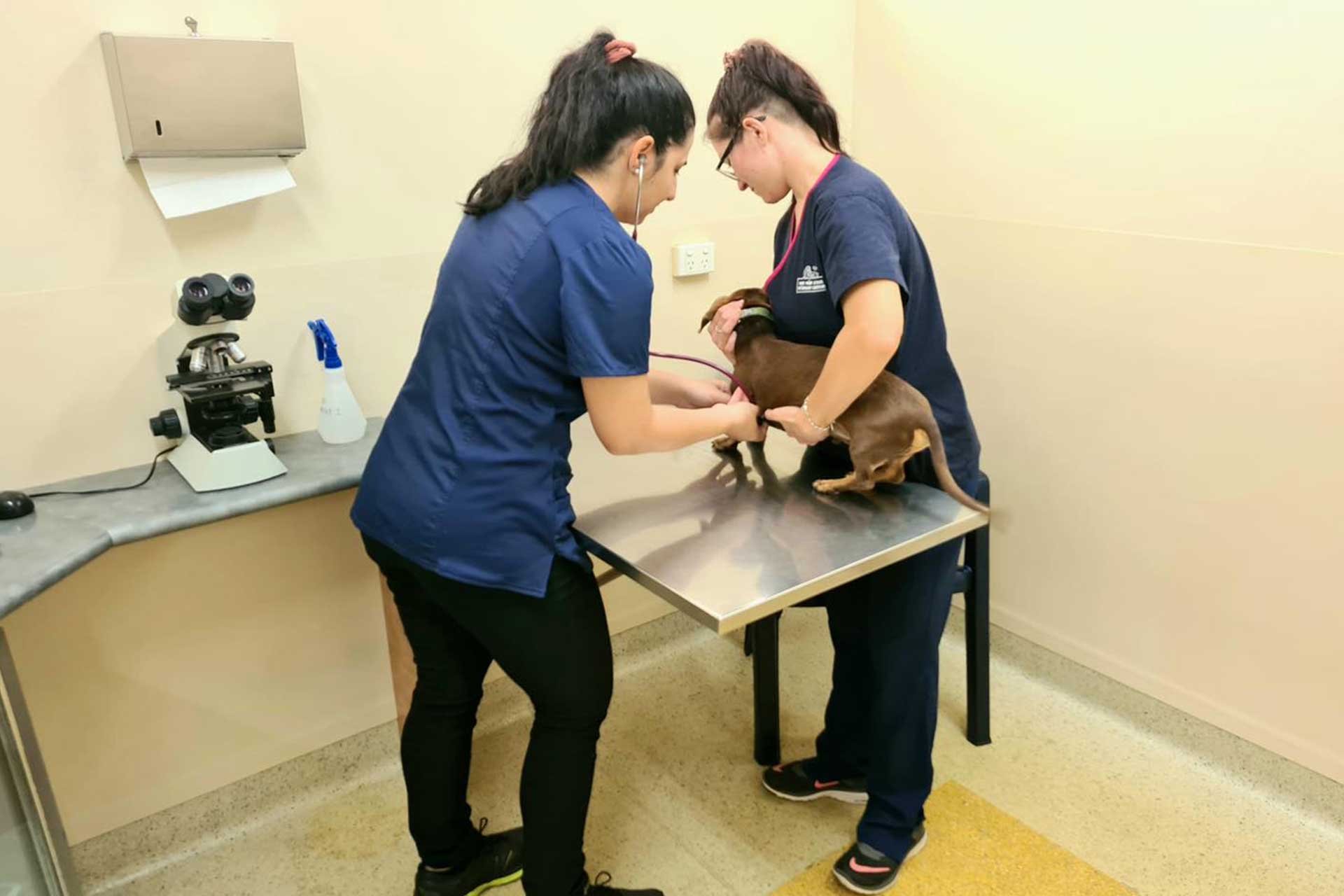Roundworm in dogs
Toxocara canis and Toxascaris leonin are the two types of roundworms that are known to be able to infect canines. Both of these parasites have a lengthy, white, and spaghetti-like look, and they take their nourishment from sick dogs.
The digestive system of a dog is the first place that roundworm larvae will infect; nevertheless, they are able to tunnel their way into various tissues and organs of the body. Toxocara canis larvae will migrate on to the lungs to continue their development as they grow, and then they will travel up to the airway where they will remain until they are coughed up as well as ingested again, at which point they will return to the gut to finish their lifetime. Toxascaris leonina have a much more straightforward lifecycle and do not travel throughout the host’s body.
Hookworm in dogs
Hookworms are parasites that are toothed and short. They feed on blood. Because they remove so many nutrients from the dog, they pose a significant threat to the health of early pups. They are not very prevalent in the UK, although you may find them in other parts of Europe. Hookworms have a lifecycle that is quite similar to that of the toxocara canis roundworm. Like roundworms, hookworms travel throughout the body and reach the lungs to mature before going back into the intestines.
Whipworms in dogs
In contrast to other kinds of worms, whipworms, which are found in the large intestine, are not as efficient in absorbing nutrition. If the worms do not burrow into the tissue of the digestive tract, they do not constitute a significant threat and very rarely produce symptoms.
Tapeworm in dogs
Tapeworms are parasites that dwell in the small intestine, where they attach themselves to the wall using their six rows of very fine teeth in order to collect nutrients when food is digested. They are lengthy, measuring at least a half foot in length, and have the impression of being flat.
If the dog does not engage in really strenuous activity, the parasite will not do any damage to the pet since there are sufficient nutrients available for both the host and the tapeworm. During the process of excretion, the worm often divides into segments that have the appearance of little grains of rice.
Worms often have complicated lifecycles, which often include a stage in which they live and mature outside of the host animal before returning. It is essential to have a solid understanding of the life cycle of a particular worm in order to effectively plan for treatment and preventative methods and put them into action. For instance, many tapeworms cannot complete their lifecycles without first passing via fleas; hence, preventing flea infestations is a crucial technique for managing tapeworms.



